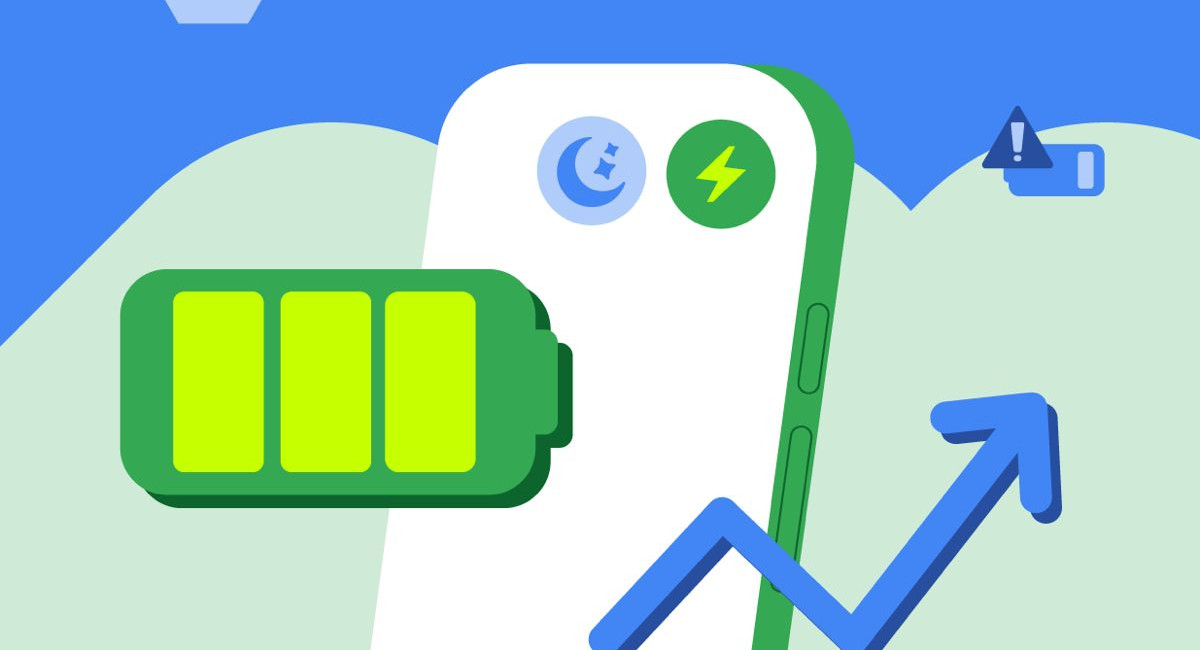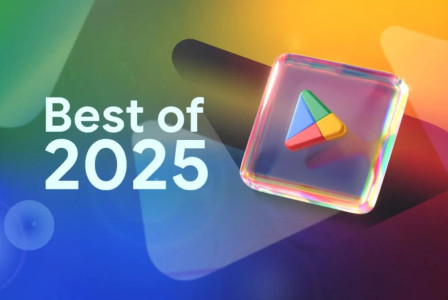SEARCH
Google to warn users about power-hungry apps on Play Store

SHARE IT
Starting March 1, 2026, Google is taking a firm step toward protecting Android users from apps that secretly drain their phone batteries. Through a new feature on the Play Store, users will begin receiving alerts if an app is found to consume excessive power due to continuous background activity. The move marks another chapter in Google’s ongoing effort to make Android devices more efficient and transparent.
In a recent blog post, Google detailed the reasoning behind this initiative and introduced a new analytical tool called the “excessive partial wake lock” metric. This metric, first tested earlier this year in beta mode, was developed in collaboration with Samsung to combat one of the most common user complaints: poor battery life caused by misbehaving apps. By rolling out this feature to all Android developers, Google hopes to encourage better app optimization while keeping users informed.
Essentially, the “wake lock” refers to an app’s ability to keep a phone awake — preventing it from entering sleep mode even when the screen is off. While wake locks are sometimes necessary, such as for music streaming or large file transfers, many apps abuse them by running background processes long after users have stopped interacting with them. The result is a steadily draining battery and frustrated users who can’t immediately pinpoint the culprit.
To address this, Google has introduced what it calls a “bad behavior threshold.” This threshold is designed to flag apps that keep devices active for an excessive amount of time through non-essential wake locks. According to the company, if an app surpasses this limit, it won’t just lose visibility in Play Store recommendations — it may also receive a clear warning on its Play Store listing, cautioning users about potential battery issues before they download it.
Google’s criteria for determining when an app crosses the line are specific. If an app holds more than two hours of “non-exempt wake locks” within a 24-hour period, it is considered problematic. Wake locks tied to essential functions, such as audio playback or necessary data transfers, are excluded from this measurement. Moreover, an app officially violates the “bad behavior threshold” if 5% or more of its user sessions over a 28-day period show excessive wake lock activity.
This system represents a significant step toward holding developers accountable for inefficient code. For years, Android users have complained about unexplained battery drain, often linked to background apps that refuse to “sleep.” By giving developers concrete performance metrics and consequences for neglecting them, Google is shifting some responsibility back to the source — while also empowering users with clear, data-driven information.
From a developer’s perspective, this change means it’s time to pay close attention to background processes. Apps that continuously trigger wake locks without a clear purpose may soon find themselves penalized in rankings or even flagged for users to avoid. Google has already begun providing tools and documentation to help developers monitor their own apps’ wake lock usage and make necessary adjustments before the new policy takes effect.
The collaboration with Samsung also highlights a broader trend in the Android ecosystem: major manufacturers and software providers joining forces to refine device performance and improve user trust. Battery health remains one of the most important aspects of the mobile experience, and companies know that smoother, longer-lasting performance translates directly into customer satisfaction.
For users, the upcoming Play Store alerts could be a game changer. Instead of guessing which app is secretly draining power, they’ll be able to make informed decisions right from the download page. This transparency could also encourage developers to optimize their code to avoid being publicly labeled as energy inefficient.
Ultimately, this initiative signals Google’s broader commitment to user experience and device sustainability. By combining technical metrics, developer accountability, and user-facing transparency, the company is attempting to tackle a long-standing pain point in the Android ecosystem.
When the system officially launches in 2026, Android users can expect not just more control over their devices, but also a safer and more predictable experience — one where every download comes with a clearer picture of how it might affect performance and battery life.
MORE NEWS FOR YOU

 Help & Support
Help & Support 

